L earning
I ntelligence
S ignal
P rocessing
Can intelligence be learned? At LISP, we are passionate about exploring, disseminating, and innovating research in various fields in order to answer this question.
LISP lab pursues various multi-disciplinary research agendas across campus - in machine learning, advanced signal processing, cyber security, game theory, extremal graph theory and computational neuroscience.
LISP is a part of Thayer School of Engineering at Dartmouth.

Research

Using Machine Learning for Side Channel Analysis
Side channel analysis involves using externally recorded signals from a device (such as electromagnetic radiation or power consumption) to determine what the device is preforming. Our current work involves using this avenue of data in conjunction with machine learning techniques to accomplish two tasks …

Using Game Theory and Reinforcement Learning to Predict the Future
Baseball is a well known, repeated, finite, adversarial, stochastic game that has a massive amount of available data. On the other hand, Reinforcement Learning (RL) models take significant time and resources to train. By fusing Game Theory and RL, we are answering interesting questions …
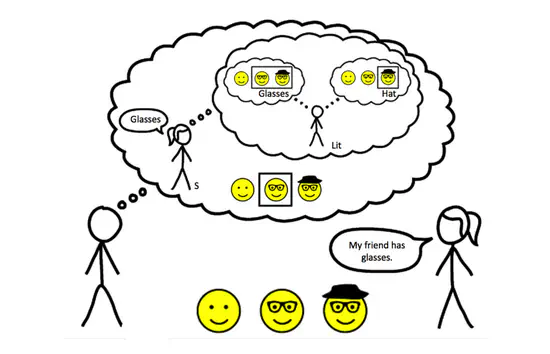
Referring Expression Problem
The problem of referring expression is a more domain specific area of image captioning with the goal of describing a sub-region of a given image. Rational Speech Act (RSA) framework is a probabilistic reasoning approach that can generate sentences based on game theory systems of speaker - listener …
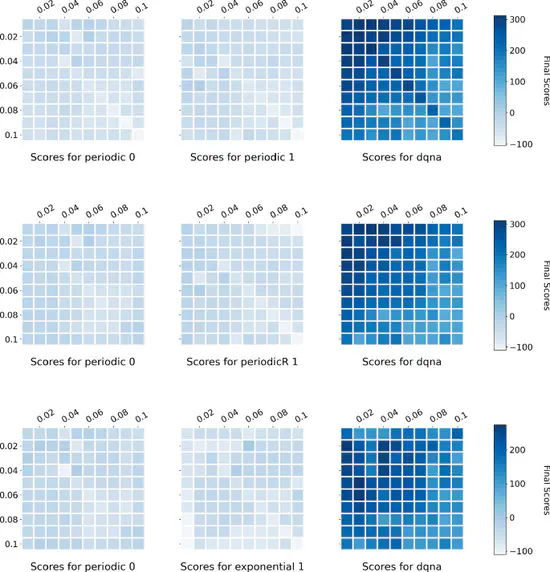
nFlip : Deep Reinforcement Learning in Multiplayer FlipIt
Reinforcement learning has shown much success in games such as chess, backgammon and Go. However, in most of these games, agents have full knowledge of the environment at all times. We describe a deep learning model that successfully maximizes its score using reinforcement learning …
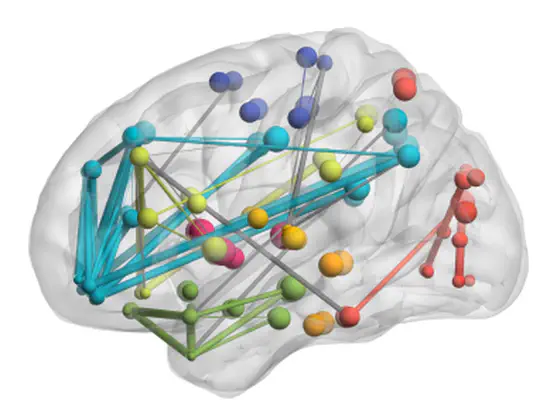
Information Propagation Through Graph Neural Networks and Relation to the Brain
A popular theory of intelligence argues that intelligence arises from the connections between primitive computing units rather than the computing units themselves. Interestingly, neurons in the brain form topological structures for processing different types of information. We are exploring the relationship between graph topology and model performance …
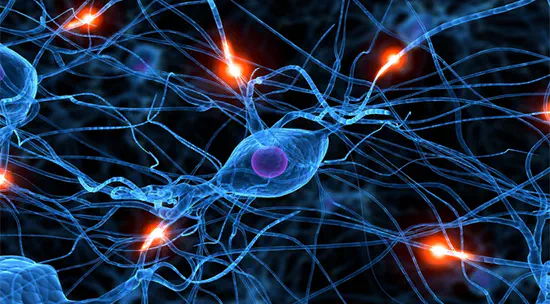
Information Propagation in Multilayer Networks
With the emergence of social media, information and influence propagation in online networks has become an active field of research over the last decade. Individuals often participate in multiple social networks which leads to information spreading faster and the propagation becoming more complex …
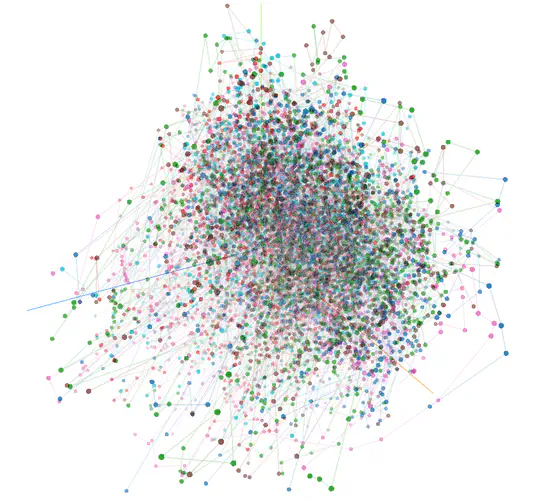
Finding Dimensionality in Large Data
The “intrinsic” dimensionality of a dataset is a quantity of great interest in the machine learning community. There are many techniques aimed at estimating this “intrinsic” dimensionality, but there are currently none which have demonstrated scalability to large, complex datasets …
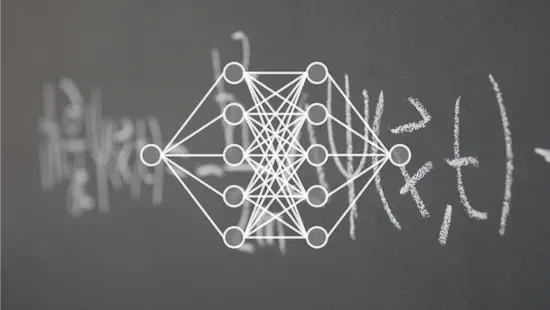
Efficient Neural Networks: Reducing Network Architecture Size
Neural networks are an immensely powerful tool for many difficult problems, but often require computational power beyond that of small devices such as embedded systems, Internet of Things devices, and mobile phones. In this project we aim to create computationally efficient neural networks …
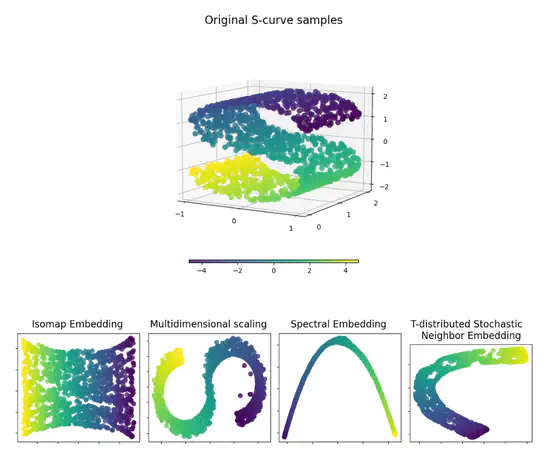
Applying Manifold Learning Technique to Design Recurrent Architecture for Low Dimension Classification
Deep Neural Networks (DNNs) can have very high performance in a visual recognition task but are prone to noise and adversarial attacks. One main problem of training a DNN is …
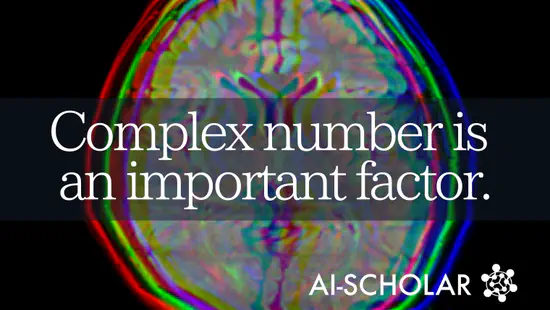
Complex Valued Neural Networks
Current neural network models that deal with data on the spectral plane (magnitude and phase) only take as input the magnitude, and do not incorporate, in a meaningful way, the phase information. Research has shown that the output of biological neurons is affected by the phase of its inputs …
Contact
- 15 Thayer Drive, Hanover, NH 03755
- Enter ECSC building and take the stairs to ECSC 118
-
Monday 10:00 to 13:00
Wednesday 09:00 to 10:00 - Weekly Zoom meeting